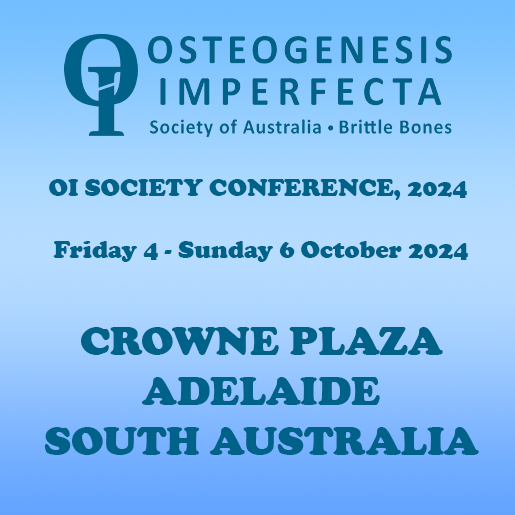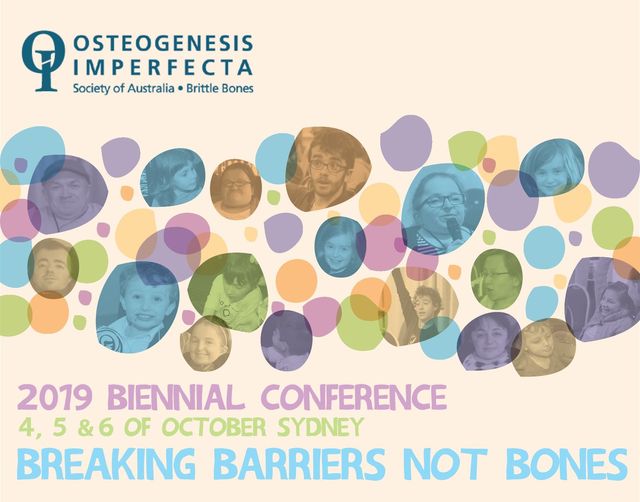How is OI Diagnosed
OI is usually diagnosed due to a family history and / or clinical observation. In most cases, OI will be detected early on in a child’s life because of the child having several fractures.
Some key clinical observations may also be present such as:
Blue Sclerae (whites of the eyes) – this is a characteristic feature of OI Type 1 but is not present in all forms of OI. It may be a normal feature in some babies in the first 2 years of life.
Opalescent teeth – Opalescence refers to the optical property of tooth enamel that gives teeth a bluish colour when reflected light hits them, and an orange colour when light passes through them. This is not always present in all types of OI.
Family history – understanding family history is a step in diagnosing OI. However, in many cases, there may be no family history of OI.
Blood tests – taken to measure the level of calcium, phosphorus and an enzyme called serum alkaline phosphatase (SAP). It is also used to exclude other causes of osteoporosis. There are also blood tests which give an appraisal of bone turnover early in a treatment program.
Urine tests – these tests are done to determine the level of bone breakdown products and bone turnover.
X-rays– a skull x-ray may indicate the presence of Wormian bones, which are extra bones in the skull of many OI patients. Limb and spinal X-rays are needed to assess fractures. Stress fractures may not show up until callus has formed.
Bone density is also used to identify and document the degree of osteoporosis in people with OI using a special X-ray machine called a DEXA scan (Dual Energy Xray Absorbtiometry).
Genetic/Genomic testing – This can be undertaken to analyse the particular genes that cause OI and related disorders and establish the exact genomic variant responsible. In families with a known diagnosis and an established genomic variant it is possible to test for the exact variant and this saves time and reduces the cost. It may not be necessary to undertake the testing immediately if a firm clinical diagnosis is possible. However, in all children and adults without a family history, it is prudent to request genomic testing to facilitate treatment and genetic counselling.


